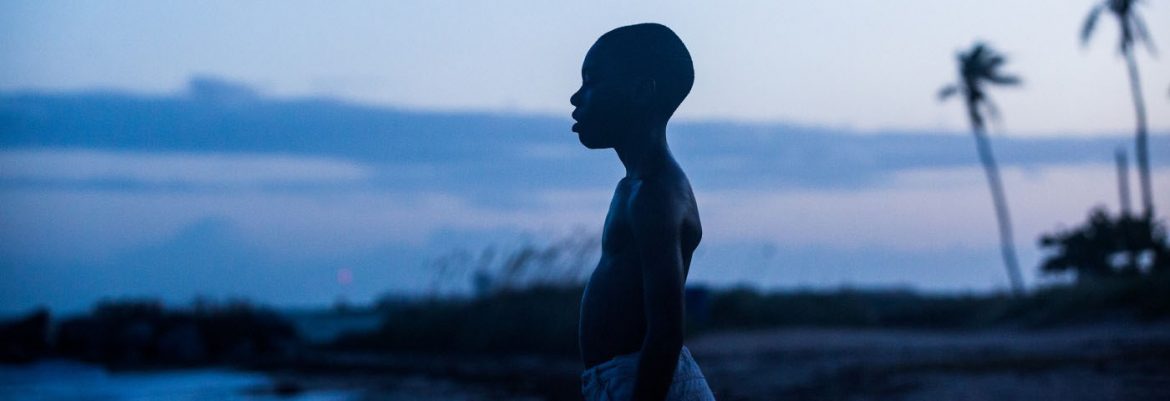“Moonlight,” directed by Barry Jenkins, is the latest film that has found success, including a Golden Globe for Best Picture-Drama, partly due to its positive representation of the LGBTQ community along with defying common stereotypes.
The award-winning film was a drama school project by Tarell Alvin McCraney that tells the story of a young gay black man, Chiron, as he grows up in Miami.
“At times, the story was so personal and I could relate to and understand the life experiences of the young man as he grew up struggling with his identity,” said Molly Shea, a 20-year-old CSUN student who identifies as queer. “It focuses on themes of race, poverty, homophobia, and the school-to-prison pipeline too, not just sexuality, and in ways that are rarely portrayed in the media.”
Shea also said the film was beautiful, inspiring and thought-provoking. It has spurred her to read, “In Moonlight Black Boys Look Blue,” which is the book the film is based on.
“It is very important for the queer community to be represented positively by media,” Shea said. “Poor depictions of queer people in media perpetuate hate not only from outside groups but even from within our community as well.”
There were several stereotypes Shea wished the media would stop perpetuating, one of which she said is creating token characters with queer identities and giving them terrible backstories. Another stereotype Shea disliked was that queer individuals all come from broken abusive homes.
“The bottom line,” Shea said. “Is that [the media rarely portrays] queer individuals with a happy life or a happy ending without some sort of a present stereotype.”
Autumn Cymone Vanderveer, a 19-year-old student who identifies as bisexual, said she is proud to be in a time where people of color can act in a gay storyline and get good reviews.
Vanderveer had the same opinion as Shea–positive representation was important for the community–but she also added that various depictions were also needed.
She also said various depictions meant that media should show that there isn’t just one type of gay man, that not all lesbians are butch and that not all bisexuals will cheat on their partner.
“Sadly this is is what is prioritized in the media,” Vanderveer said. “So this is what people see.”
Although “Moonlight” has garnered praise for its inclusion of LGBT issues, not all studios and movies have followed suit. According to the fourth annual Studio Responsibility Index released by GLAAD in May of 2016, only 17.5 percent of characters in major studio releases from 2015 and 2014 identified as LGBT.
Four smaller affiliated studios (Focus Features, Fox Searchlight, Roadside Attractions, and Sony Pictures Classics) were also researched with results finding that 22 percent of their releases in 2015 were LGBT inclusive, a 12 percent increase from 2014.
The report found 47 LGBT characters total among all major studio releases in 2015 with the majority being male. Another main point of the report was highlighting that racial diversity among LGBT characters dropped in 2015 from previous years. In 2015, 25.5 percent of characters were people of color, a 6.6 percent decrease from 2014.
Some films the report singled out for their uses of gay slurs and homophobic stereotypes included “The Wedding Ringer” and “Get Hard,” the latter of which the report deemed as “one of the most problematic films in several years.”
Shea and Vanderveer recommended media that they felt were positive representations of the LGBT community. Vanderveer recommended “Doctor Who” while Shea recommended several titles including “Sense8,” “But I’m a Cheerleader,” “The Birdcage,” and “The Adventures of Priscilla, Queen of the Desert.”
“Moonlight” is an anomaly in modern Hollywood, a film which features a gay person of color as the main protagonist, nominated for the most prestigious prize the industry can award in a time where many believe the industry is failing to be inclusive towards the LGBT community.






